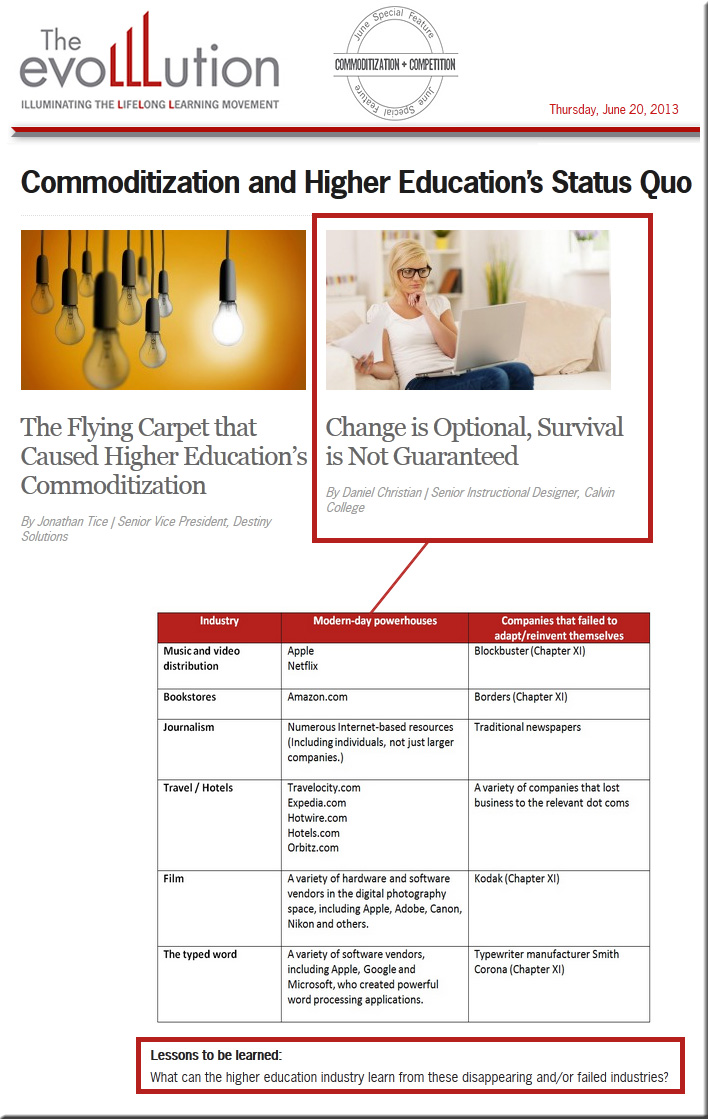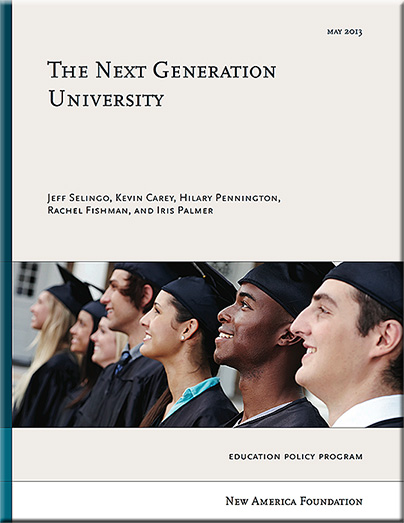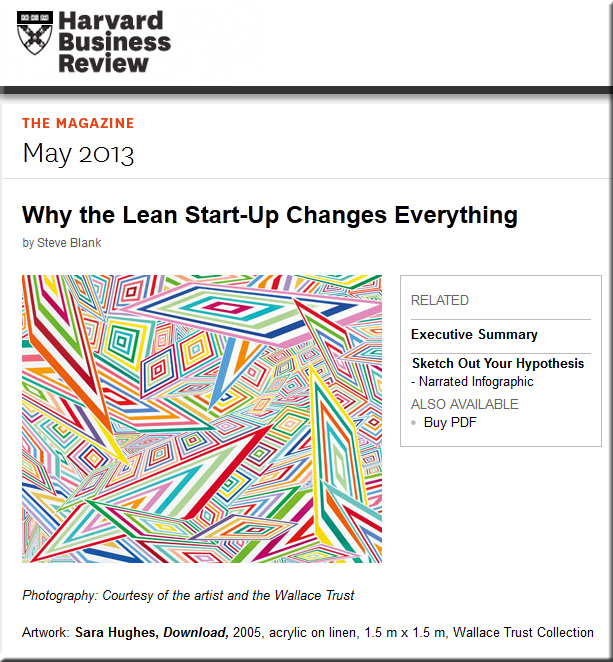Google is retiring Google Reader as of July 1, 2013.
Excerpt:
We launched Google Reader in 2005 in an effort to make it easy for people to discover and keep tabs on their favorite websites. While the product has a loyal following, over the years usage has declined. So, on July 1, 2013, we will retire Google Reader. Users and developers interested in RSS alternatives can export their data, including their subscriptions, with Google Takeout over the course of the next four months.
From DSC:
To Google (and others) —
You should know that when you do this sort of thing, it creates a great deal of nervousness and uncertainty in K-12 and in higher ed. We ask, well if we go with (Google Docs, Google Drive, Google ___) will they pull it in the future? What would we do at that point? It also causes us to pause in moving things to the cloud…
Below, I will be adding some alternatives that I’ve seen people mentioning:
Addendum on 3/15/13 and in defense of Google…
As Google stated, usage is low and RSS didn’t hit the mainstream in the current form. Which is too bad, because it’s a very promising technology! Also from this page, here’s a solid graphic that shows the decline in usage:
.














